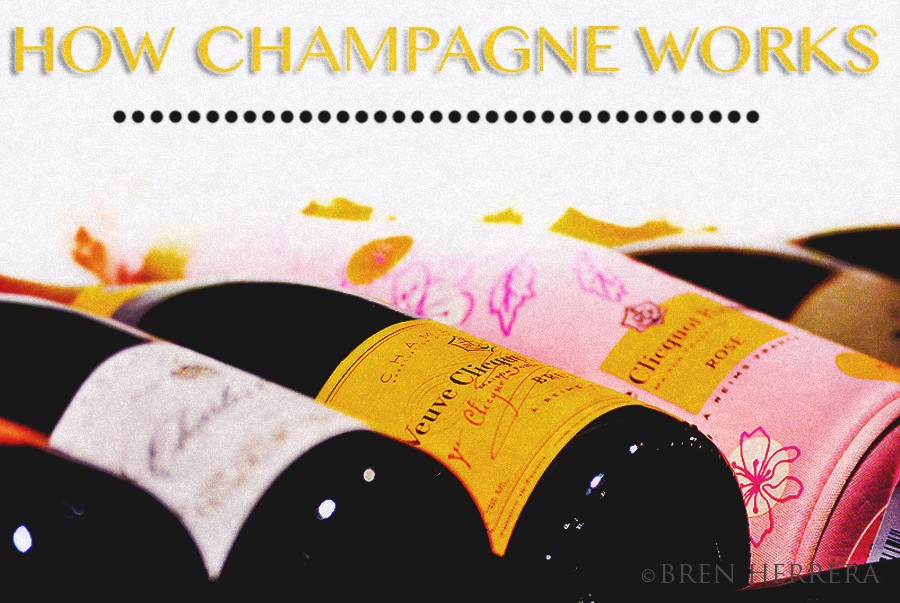
{I wrote this back in 2009 for ‘How Stuff Works’. It was finally published sometime last year. Funny how the internets work. I accidentally came across it while Googling “good Champagne.” So, I’m so thrilled to share that it was a huge article I composed, taking one entire month to research, interview, and do more research. I learned so much about making Champagne, that I now deem myself a bona fide connoisseur and even would dare make some! The article is quite long so I’m going to split in two posts. I hope you find it as informative and entertaining as I did while researching and writing. B-}
Are you a social creature? If so, you know that at just about every dinner party or major celebration, you’re likely to be offered some kind of wine — red or white (maybe both), depending on the cuisine. And then there are other soirees that take things up a notch by serving the bubbling wine known as Champagne.
Those bubbles, in addition to the distinct look and taste, are what set Champagne apart from other wines. For centuries, the world has been intrigued by its mystique, its cost in comparison to still wines, and a curiosity about what makes it bubble.
A sparkling wine at its finest, Champagne just isn’t Champagne if it doesn’t come from its namesake region of France. Situated just 90 minutes northeast of Paris, the region is one of France’s most revered. The cool temperatures and moisture in the soil contribute to the character and caliber of the grapes chosen for winemaking. Ironically, although it’s home to the expansive vineyards that arguably produce the best wine in the world, it’s also one of the least-visited regions of France.
The high regard for the use of the word Champagne has caused international legal battles. As a result, sparking wines produced in other parts of the world can’t use the name, despite their similarities to Champagne. For example, sparkling wines from the Catalonia region of Spain are labeled Cava.
The traditional Champagne region includes the area around Rheims and Epernay. In the early years of Champagne production, grapes were only planted in an area covering 84,000 acres around those cities. Today, cities as far north as Burgundy have been authorized to plant the fine grapes that make the famous French wine and call it Champagne.
THE MIGHTY THREE GRAPES
Of all the grapes that make up common wines, there are only three that are used to make Champagne. Each one bears its own characteristics:
- Pinot Noir: strong body
- Pinot Meunier: mildly spicy flavor
- Chardonnay: delicate aroma, fruity flavor
Chardonnay is the only all-white grape of the three. If you’re a Champagne drinker, you may have noticed that most of them are white. That’s because the pulp of dark or black grapes is actually white. These grapes are pressed gently to extract the juice before they’ve matured enough to produce darker juice. This gently pressed juice, coupled with the naturally white chardonnay, results in a white wine called Blanc de Blancs (white of whites).
Although most Champagnes are white, there are also rosé or pink wines. Winemakers use more of the skin from the black grapes to give the wine a pinker hue. Depending on the producer, a fully matured red wine may also be added to the blend before the second fermentation to make rosé. Its colors range from pale pink to a rusty yellow.
Take any of these three grapes, mix them with other grapes, and you end up with some type of wine. However, the exact use of the grapes listed above is strictly enforced and governed by a federal organization. And that’s what makes Champagne more than just another sparkling wine.
HOW CHAMPAGNE FERMENTS:
La Méthod Champenoise

When you pop open a bottle of Champagne, the first thing you look for are the bubbles. They have an interesting appeal to our senses, and without them, the experience of drinking Champagne just wouldn’t be the same. There’s a scientifically intricate method to making the bubbles. It’s known as the “la Méthode Champenoise,” or the Champagne Method. This process involves fermenting, blending and refermenting, bottling, riddling and dosage.
All wines are fermented. Fermentation is the chemical breakdown of the sugars in the grape juice, creating alcohol and turning it into wine. In the case of making Champagne, it all starts with picking grapes by hand from a well-manicured and maintained vineyard. After the best grapes have been individually selected, they’re pressed by barefoot grape-crushers to extract all the juice. Machines can’t be used to press grapes producing Champagne.
Once all the juice is collected, it’s placed in stainless steel vats, where it rests until it becomes a still wine. This is the first of two fermentation periods. The next step is blending, which winemakers consider to be the most integral part of the Méthode Champenoise.
Choosing red wines from Champagne villages, and adding them to the fermented batch falls on the hands of cellar masters. Cellar masters are professional wine handlers who have studied and worked with grapes and wines, and understand the process of making wine and Champagne. The art of blending, or selecting the cuvée — a blend of different wines that will result in the final Champagne — requires the ability to taste and determine the appropriate color, smell and taste. Every cellar master and village produces a unique and novel wine based on specific blending practices and recipes.
The bubbles are created during the second fermentation process. Sugar and yeast are added to the wine, which is then stored in a cooler setting, about 50 to 60 degrees Fahrenheit (10to 15 degrees Celsius). This process — which can take up to a few months — can take place in stainless-steel tanks or in the bottles themselves. The wine ferments slowly, allowing it to mature through the aging of the fruity aromas of the grapes and release of yeast. This additional activity in the bottle produces alcohol and carbon dioxide.
During the fermenting process, sediment will settle out of the wine. Champagne fermented in bottles is slowly turned upside down; workers remove the cork and the carbon dioxide pressure blows out the sediment. Then the wine manufacturer may sweeten the wine by adding a little syrup that has been mixed with an older Champagne.
TBC.
{READ: How Champagne Works, Part II}
**NEXT UP: The really fun elements of the process like the Riddler, AOC, the big Champagne Houses, and why the bubbly became the beverage of choice for 5* celebrations.
** Make sure to read my new magazine B! Inspired, a lifestyle magazine for the person looking to live the best life! Our preview/soft launch issue now online and available for download.


Eat well, love unapologetically, pray with true intention, and take care of yourself.


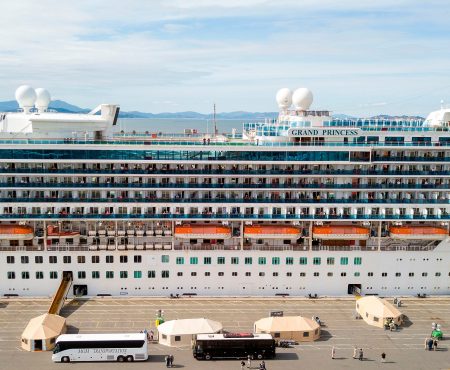


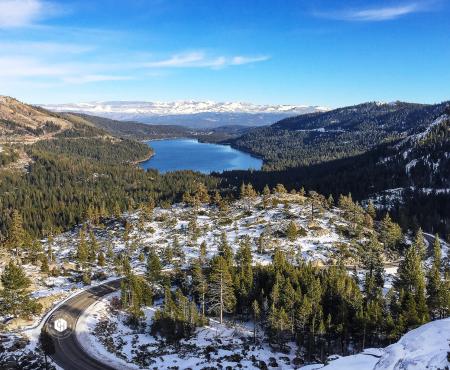





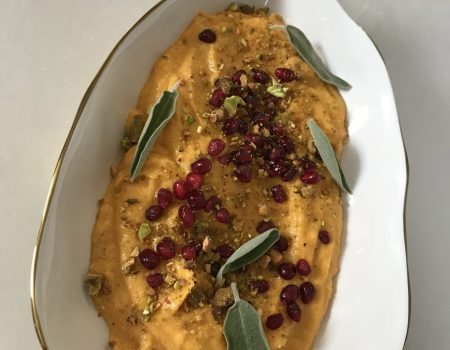
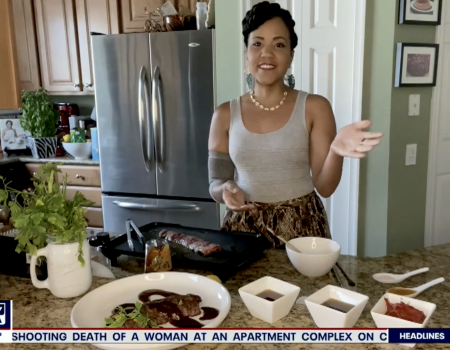

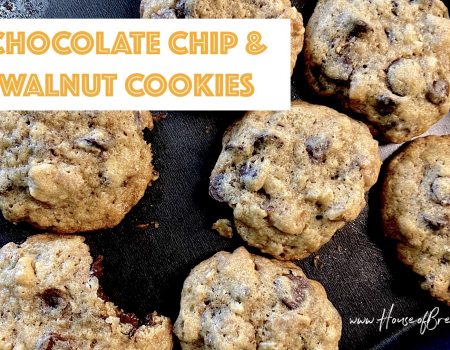


53 thoughts on “How Champagne Works, Part I”
201164 131578I cant say that I completely agree, but then once again Ive never really thought of it quite like that before. Thanks for giving me something to take into consideration when Im supposed to have an empty mind even though trying to fall asleep tonight lol.. 794987
466967 675210Some times its a discomfort in the ass to read what blog owners wrote but this internet web site is really user genial ! . 748421
640142 375434I discovered your blog site on google and check a couple of of your early posts. Proceed to keep up the outstanding operate. I just extra up your RSS feed to my MSN News Reader. In search of ahead to studying extra from you in a even though! 307246
623314 528294thaibaccarat dot com is the greatest internet site to study casino games : like baccarat, poker, blackjack and roulette casino 992874
order tadalafil: http://tadalafilonline20.com/ tadalafil tablets
76171 395907Housing a different movement in a genuine case or re-dialed model. 26670
473934 404301Id should consult you here. Which is not some thing It is my job to do! I spend time reading an write-up that may get individuals to believe. Also, a lot of thanks for permitting me to comment! 632521
tadalafil pills buy tadalafil
tadalafil online 20
buy medication without an rx generic pills for ed
buy prescription drugs online without: https://genericwdp.com/ buy prescription drugs online without
drugs without doctor script drugs without doctor script
overseas pharmacies shipping to usa generic drugs without doctor’s prescription
pills without a doctor prescription: https://genericwdp.com/ generic pills
where to buy viagra buy viagra online canada
п»їviagra pills
best over the counter viagra viagra without a doctor prescription
buy viagra online canada
viagra over the counter buy real viagra online
buy viagra online usa
viagra over the counter walmart viagra without a doctor prescription
buying viagra online
over the counter viagra best place to buy viagra online
how much is viagra
100mg viagra best over the counter viagra
where to buy viagra online
viagra without a doctor prescription usa over the counter viagra
viagra amazon
online doctor prescription for viagra over the counter viagra
where can i buy viagra over the counter
viagra without a doctor prescription viagra over the counter
viagra over the counter walmart
viagra from canada viagra without a doctor prescription
buy generic 100mg viagra online
diflucan rx online diflucan 200 mg price south africa
diflucan australia otc diflucan pill uk
carprofen without vet prescription
chloroquine usa buy chloroquine
chloroquine india chloroquine phosphate aralen
best drug for ed
viagra 100mg price https://viagrapills100.com/ viagra 100mg price
viagra from canada https://viagrapills100.com/ viagra from india
best place to buy generic viagra online https://viagrapills100.com/ how much is viagra
where to buy viagra online https://viagrapills100.com/ buy generic 100mg viagra online
viagra price https://viagrapills100.com/ buying viagra online
where to buy viagra https://viagrapills100.com/ viagra without a doctor prescription
where can i buy viagra over the counter 100mg viagra
viagra without a doctor prescription usa
ed pills online buy ed pills
how to get prescription drugs without doctor
buy ed drugs buy ed pills
how to fix ed
cheap ed pills usa cheap ed pills from canada
buy ed drugs
otc ed pills cheap ed pills in mexico
buy ed pills
buy ed pills drug medication
ed pills online
buy ed pills from canada cheap ed pills
ed pills without a doctor prescription
http://gabapentinst.com/# neurontin 1000 mg
plaquenil 200: cheap hydroxychloroquine – plaquenil sulfate
buy generic prednisone online: buy prednisone online – 1 mg prednisone daily
942856 520606Go to our site for info about securities based lending and far more. There is data about stock and equity loans as nicely as application forms. 169292
https://prednisonest.com/# cheapest prednisone no prescription
hydroxychloroquine sulfate buy: order plaquenil – hydroxychloroquine coupon
https://zithromaxst.com/# can i buy zithromax online
http://zithromaxproff.com/# zithromax online paypal
average cost of generic zithromax
https://zithromaxproff.com/# where can i get zithromax
where can i buy zithromax in canada
https://zithromaxproff.com/# zithromax 500mg price in india
can you buy zithromax online
http://zithromaxproff.com/# buy generic zithromax online
buy azithromycin zithromax
ciplox tablets: minocin capsules
buy biaxin online
floxin price: buy minocin generic
order doxycycline